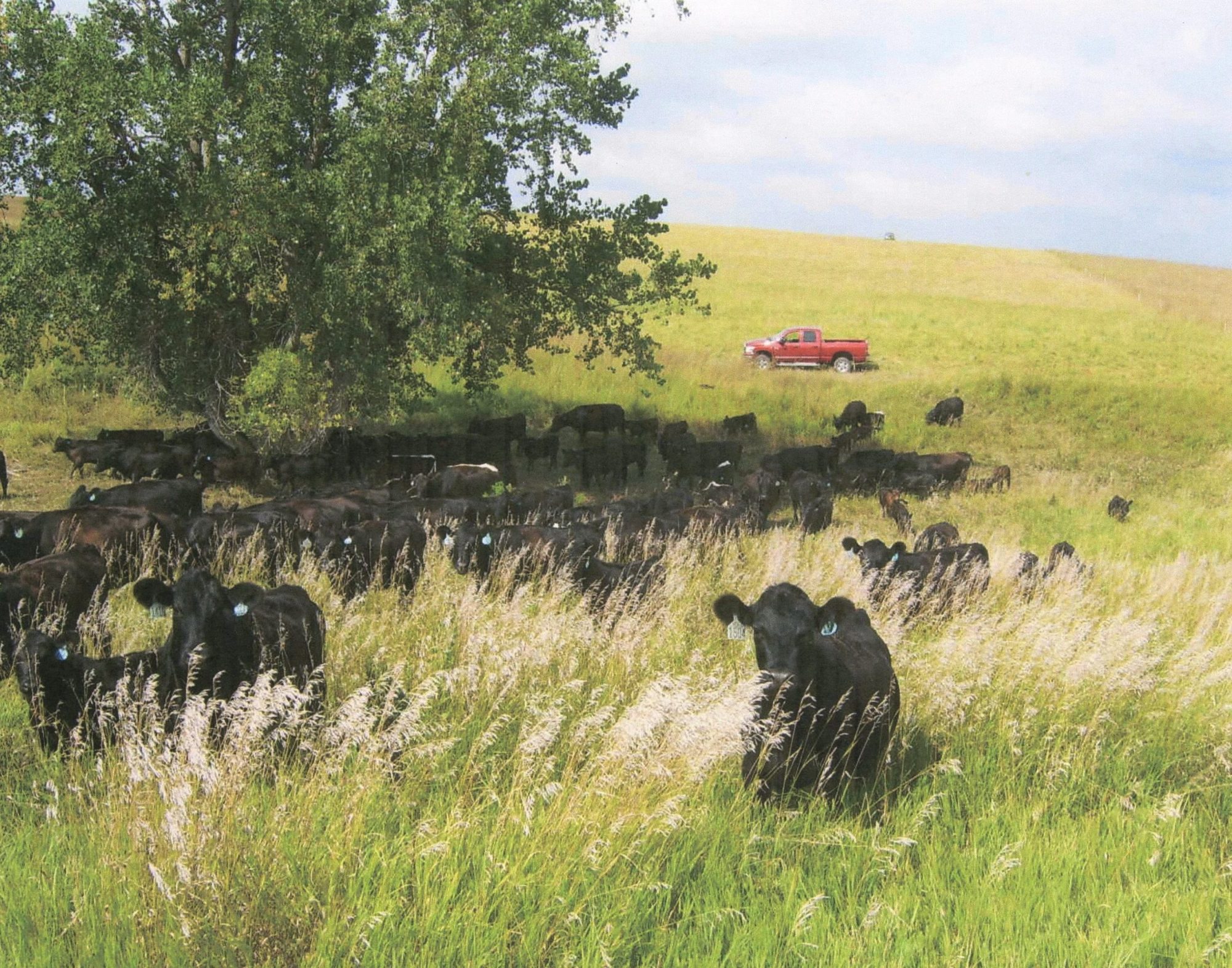Those familiar with agriculture know that the vast majority young farmers and ranchers cannot bootstrap profitable operations. Small grants, credit cards, part time jobs, and sweat equity are not the answers. There is no credible body of research that points to small farms as profit centers that have had measurable positive impacts rural economies (ERS, USDA). Without new profit opportunities, young producers can only watch as their family farms and ranches go to the highest bidders.
Farmer-Owned Specialty Food Brands
According to Iowa State researchers, high-value farmer-owned grocery and food service brands offer real profit opportunities to the next generation (ISU). With this research in mind, we are inviting farm and ranch families to build their own retail grocery and food service brands for nearby cities.
To be clear, we cannot rebuild rural economies and the environment without consumer support. This means that producer-owned brands need access to qualified investors, commodity markets, and local processing. This level of organization takes real money from well-informed and well-qualified local investors.
Risk Capital
To attract these investors, our first priority is to form short term planning partnerships with food companies, planning agencies, and local governments. These entities, and many others, have a real vested interest in strong rural economies.
As of this writing (April 2024), we are contacting potential planning partners in the Omaha and Des Moines region.
Once local planning agreements are in place, we will offer a phased package of legal, business planning, farm management, and marketing services at no cost to qualified landowners, owner-operators, and young producers.
These plans will be organized around pasture-raised and pasture-finished beef. As explained on page 2, we are inviting beef cow-calf producers to discuss “local production units”.
Beef First
As large ruminants, cattle offer the best opportunity to increase farm profits by combining temporary and permanent pasture with low-cost crop rotations for high-value markets. Where appropriate, these rotations will include some grain and alfalfa, and in time, commercial quantities of fresh produce.
More Information
Page 2 on this website is on organizing landowners, markets, processing, and financing.
Market issues are explained on page 3.
Page 4 summarizes our qualifications.
I would appreciate an opportunity to hear your questions and comments.
Thank you.
Jim Steffen
jim@massenafarms.com
402-317-2639
Posted 04-21-2024
